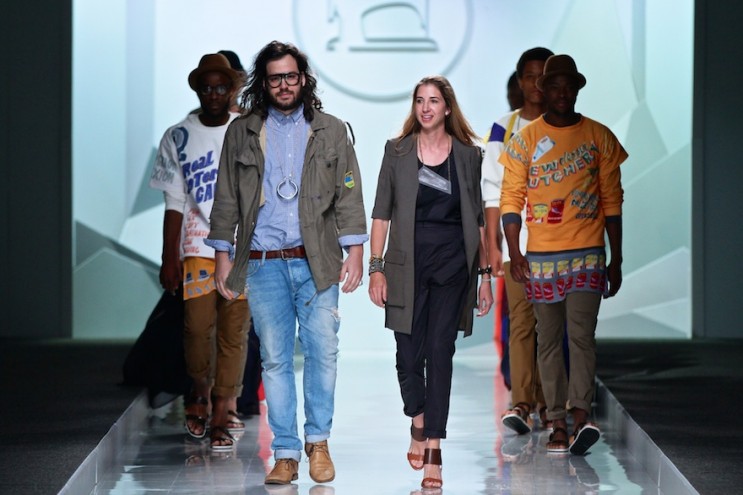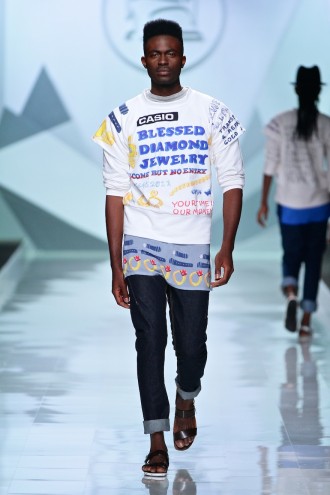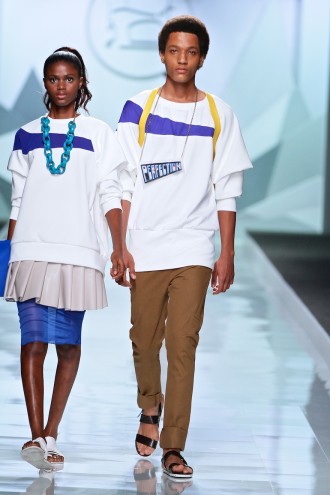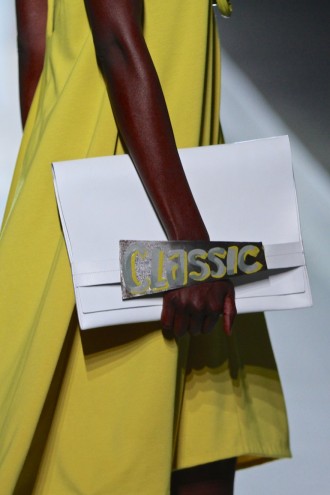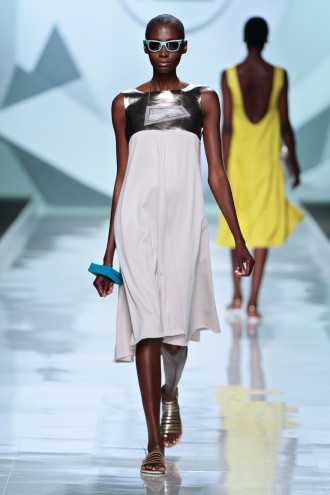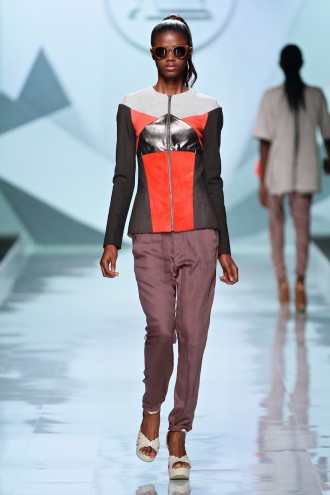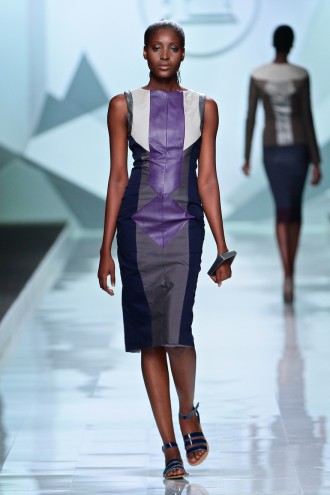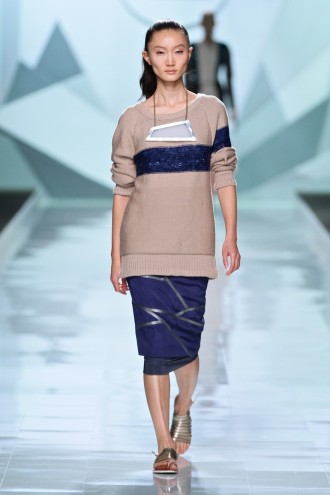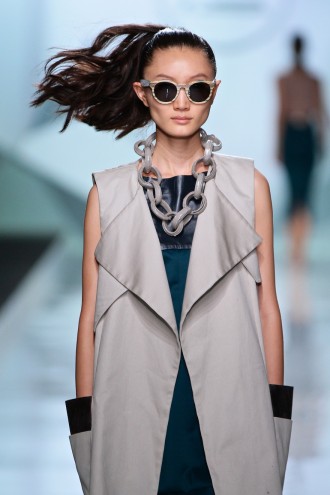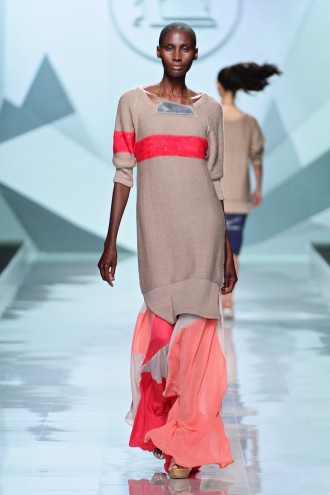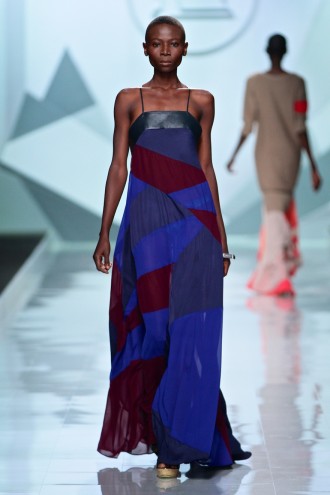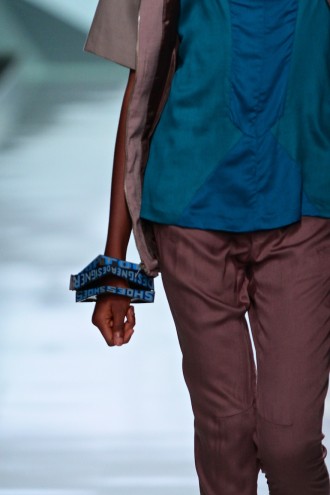Ten years ago, Spanish fashion student Inés Cuatrecasas visited Rwanda. Inspired by an ambitious and talented seamstress, she returned to school in Barcelona with a plan to base her final project in Rwanda, working with skilled local tailors to create quality clothing.
Back at the school, however, people were not optimistic.
They told me, "In Africa no one dresses well." It was fear. It was ignorance, explains Cuatrecasas.
Partnering with fellow student Marc Oliver, the two forged ahead with their idea despite the naysayers. And in 2008, Mille Collines was born in Kigali. Since then, it has repeatedly impressed the continent with its creative blend of African and international influences.
The brand is designed, produced and retailed entirely in Africa, with four stores in Nairobi, Kenya.
Cuatrecasas and Oliver didn’t plan things to happen this way. Originally, the pair intended to produce the clothing in Rwanda and sell in Spain and across Europe. Their impeccably tailored clothes had a safari feel, with African print detailing set against muted, earthy tones. Then, the 2009 economic crisis changed everything. With the market for fashion hurting in Europe, Cuatrecasas and Oliver turned to Kenyan consumers in 2010 – and never looked back to Europe.
This past October, Mille Collines showed its Kigali-made designs for the third consecutive year at Mercedes-Benz Fashion Week Africa in Johannesburg. And for the third year in a row, the brand continues to push the boundaries of African fashion. Each subsequent line has been fiercely different from the previous one, with the most recent, "Nyamijyosi", signaling a new chapter in the label's short history.
This transformation, explains Cuatrecasas, is largely the result of their renewed commitment to the African consumer. Lines from previous years, she says, "were really creative and not connected to anything at all. As we evolved we realised that there needed to be a connection between trends and what Kenyans actually want to wear."
For Mille Collines, this meant a move away from the more earthy tones so integral to their early looks. It also meant designing for a different body type. The result is universally appealing.
In making their brand more relatable to the African consumer, Cuatrecasas and Oliver ironically also did away with traditional African fabrics.
Moving away from African fabric was an important step, says Cuatrecasas. Fashion in Africa is evolving. It can’t just be fitted into that box. The consumer wants more.
While the brand’s 2013 Tuareg-inspired line of brilliant Saharawi blues and flowy silhouettes was a departure from previous collections, 2014’s was the most surprising line yet. The resolutely modern line includes stretch sport fabrics, metallic leather and street art. The result is clean, bold, sophisticated and wearable.
Inspired by Kigali’s bustling Nyamirambo neighborhood, "Nyamijyosi" is a tribute to modern, urban Africa. The designers have shifted the focus of their inspiration from traditional to present-day Africa, demonstrating their versatility.
The collection incorporates the hand-painted style of salon and storefront signs for a folksy but contemporary look. Spanish artist Edgar Ibanez adapted slogans such as "Eclipse Hair Cut, Beauty is your birthright" onto accessories and t-shirts.
"Nyamijyosi" was also Mille Collines’ farewell to Rwanda. As part of the brand’s transformation and growth, the company leaves its Kigali office behind and moves the creative team to South Africa at the beginning of 2015.
Cuatrecasas and Oliver have big plans for their brand – plans they hope will be facilitated by the move. In expanding their team, they hope to focus on design over production, something that proved difficult in their combined studio-workshop in Kigali. Situating themselves in a more vibrant market, they’re hoping for increased exposure to both trends and consumers.
With origins in Rwanda, stores in Kenya and design headquarters in Cape Town, Mille Collines will be a truly pan-African brand.
But Cuatrecasas is adamant that they won’t lose their Rwanda roots. The workshop will still be producing some work for the line, and they still plan to collaborate with local Rwandan artisans. "It’s time to move forward and open up to other sources of inspiration," says Cuatrecasas, adding emphatically, "Rwanda will always be part of our story."
Katherine Sullivan is a freelance journalist and editor living in Rwanda, writing for regional and international media on everything from yoga to border disputes. Originally from New York state, she has been living in Kigali for more than two and a half years. Her drive, she says, is "to cover the stories from Africa that don't get told". Follow her @katherrun.

